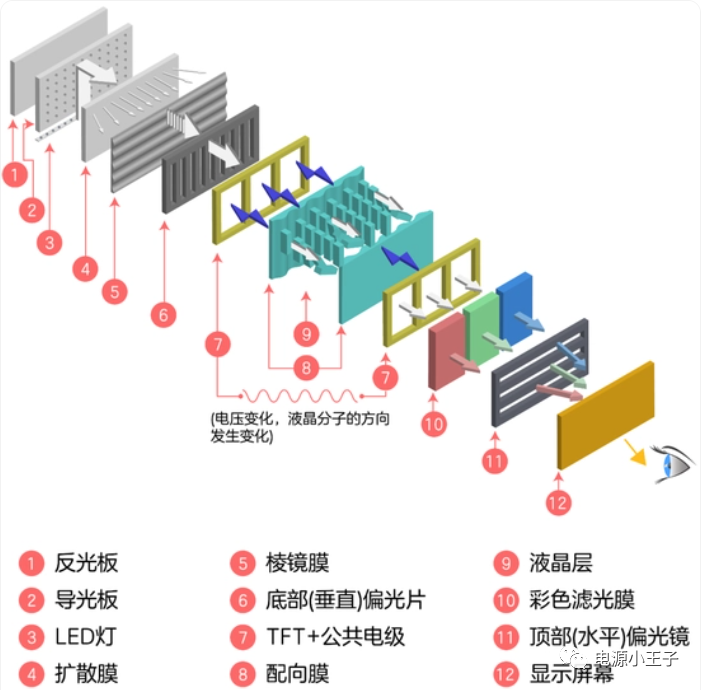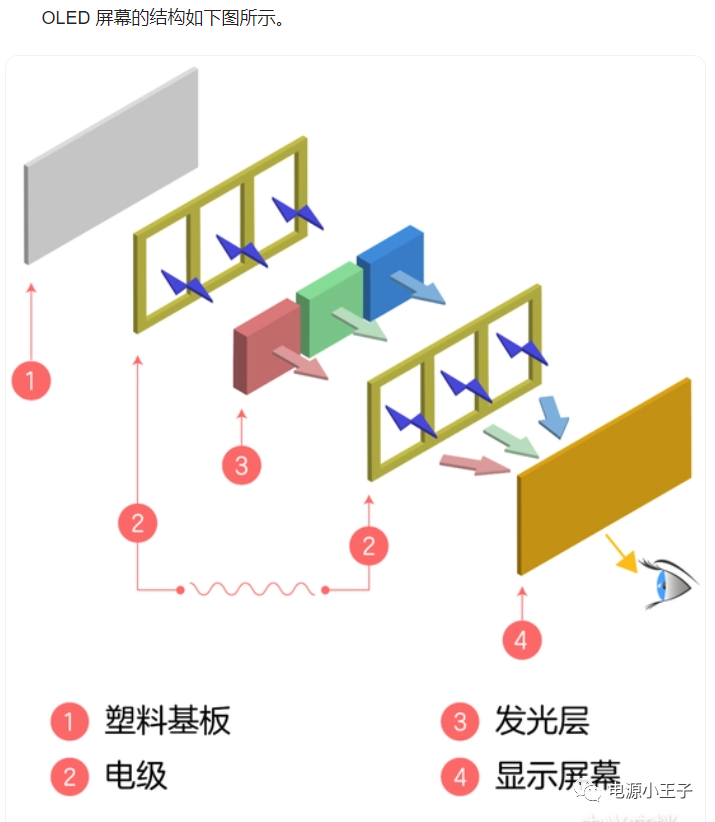Comparing LCD screens and OLED screens is akin to comparing fuel vehicles with electric vehicles. The acceleration and power levels are simply not on the same scale. The emergence of new technologies inevitably leads to the obsolescence of older ones, often without any warning. Nokia phones are a prime example of this.
First, let’s understand the structural principles of the two types of screens:
LCD Screen Structure


1. LCD screens adjust brightness by changing the angle of the liquid crystals. However, since liquid crystals cannot completely block light, the contrast of LCD screens is poor, resulting in dark scenes not appearing truly black. For example, my 24-inch Dell U series IPS screen, while considered a top-tier LCD, often shows night scenes in movies as a blur, making it difficult to see the exciting plot. In contrast, switching to an OLED screen significantly enhances contrast, allowing for clearer storytelling.
2. The power consumption of LCD screens is far greater than that of OLED screens. This is because only about 5% of the brightness generated by the LCD backlight module is utilized, while 95% is blocked by the liquid crystal layer, polarizers, diffusion plates, and substrates. Recently, someone claimed that “LCD screens on laptops are more power-efficient than OLED screens”; I believe this statement is incorrect. First, we need to compare the combined power consumption of the LCD’s bias and backlight module with that of the OLED. Omitting one of these is misleading. Secondly, comparisons should be made under the same brightness, size, and resolution conditions to be meaningful.
3. Due to structural issues, LCD screens struggle to achieve high brightness (backlight penetration and utilization rates), making it difficult to see clearly outdoors. OLED screens emit light directly and have minimal obstruction, easily achieving brightness levels between 1000 to 2000 nits, no longer fearing direct sunlight.
4. LCD screens are generally thicker due to their complex structure, while OLED screens can be made thinner and even flexible. This allows for more battery space in smartphones and enables laptops to be thinner and lighter.
5. The foldable and curved screens we see in smartphones today are made using flexible OLED technology. Additionally, irregular screens in car dashboards can also be manufactured using flexible OLEDs.
6. Of course, OLED screens have their drawbacks, primarily concerning reliability and burn-in issues. I believe that future material improvements will inevitably resolve these minor problems.
With so many advantages that LCD screens lack, OLED screens are bound to replace them. This transition is already gradually occurring.
To be continued~~~ Next week, we will discuss Tandem screens.